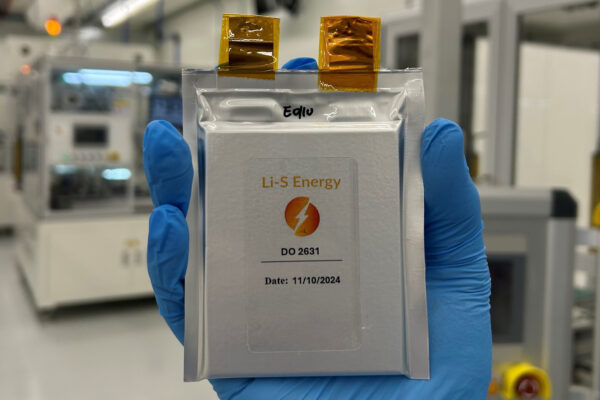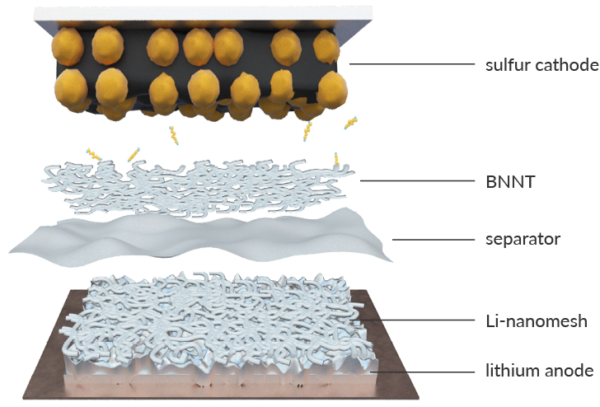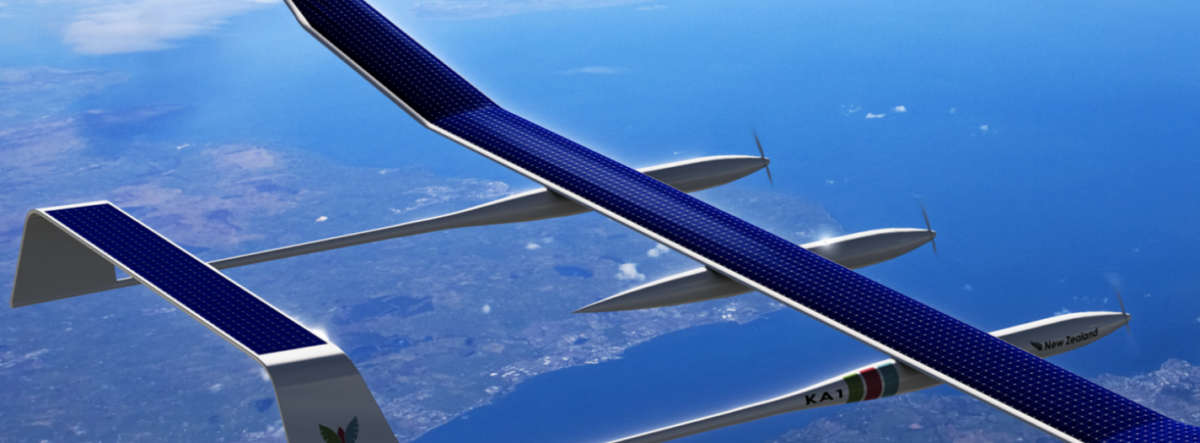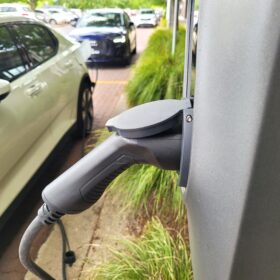Queensland-headquartered battery tech company Li-S Energy has signed a deal to collaborate with New Zealand-headquartered unmanned aerial vehicle (UAV) developer Kea Aerospace, to incorporate its lightweight battery tech into high altitude uncrewed solar powered aircraft, to enhance flight endurance and operational efficiency.
The Li-S battery will be tested on Kea’s Mk1 UAV, which has a 12.5 meter wingspan, weighs 40 kilograms and can operate in the stratosphere between 55,000 and 65,000 feet from dawn to dusk.
Kea Aerospace told pv magazine the company is currently buying raw cells and have developed manufacturing techniques for constructing and integrating panels.

Image: Li-S Energy
Kea’s next generation UAV, the Mk2 is under development and will be designed to specifically incorporate the Li-S Energy technology to extend flight times on crafts capable of sustained flight in the stratosphere, which is 20 times closer to the Earth than satellites and employs zero-emissions launch techniques.
Li-S Energy Chief Executive Officer Dr Lee Finniear said the partnership with Kea will enable ultra-lightweight, long-endurance UAVs for commercial and defence applications worldwide.
Kea Aerospace has also expanded its operations into Queensland with a new subsidiary and is currently designing its new UAV model, the Kea Atmos Mk2, which will incorporate Li-S’s technology and have the capability to stay airborne for months.
The Kea Atmos Mk1 took its maiden flight on 8 February 2025 designed to fly dawn to dusk mission, or around 16 hours
Kea Aerospace Chief Executive Officer Mark Rocket said Li-S Energy’s battery technology is ideally suited for Kea’s platform.
“Our vision is to be a substantive Australian company with large teams split between New Zealand and Australia,” Rocket said.
“We will continue R&D and manufacturing in New Zealand while building flight operations and a software team in Queensland, which offers a prime opportunity to scale our operations and push the boundaries of stratospheric operation.”
Boron nitride nanotubes
Aside from the lightweight benefit of Li-S batteries, Li-S Energy improved the commercial viability of the technology by improving its life cycle with embedded cells, Boron Nitride Nanotubes (BNNTs), and a new composite called Li-nanomesh.

Li-S Energy sources the BNNTs through Brisbane-headquartered nanomaterial company BNNT Technology, which has commercialised the Deakin University patented manufacturing technology and built a high-volume production facility there.
This content is protected by copyright and may not be reused. If you want to cooperate with us and would like to reuse some of our content, please contact: editors@pv-magazine.com.









By submitting this form you agree to pv magazine using your data for the purposes of publishing your comment.
Your personal data will only be disclosed or otherwise transmitted to third parties for the purposes of spam filtering or if this is necessary for technical maintenance of the website. Any other transfer to third parties will not take place unless this is justified on the basis of applicable data protection regulations or if pv magazine is legally obliged to do so.
You may revoke this consent at any time with effect for the future, in which case your personal data will be deleted immediately. Otherwise, your data will be deleted if pv magazine has processed your request or the purpose of data storage is fulfilled.
Further information on data privacy can be found in our Data Protection Policy.